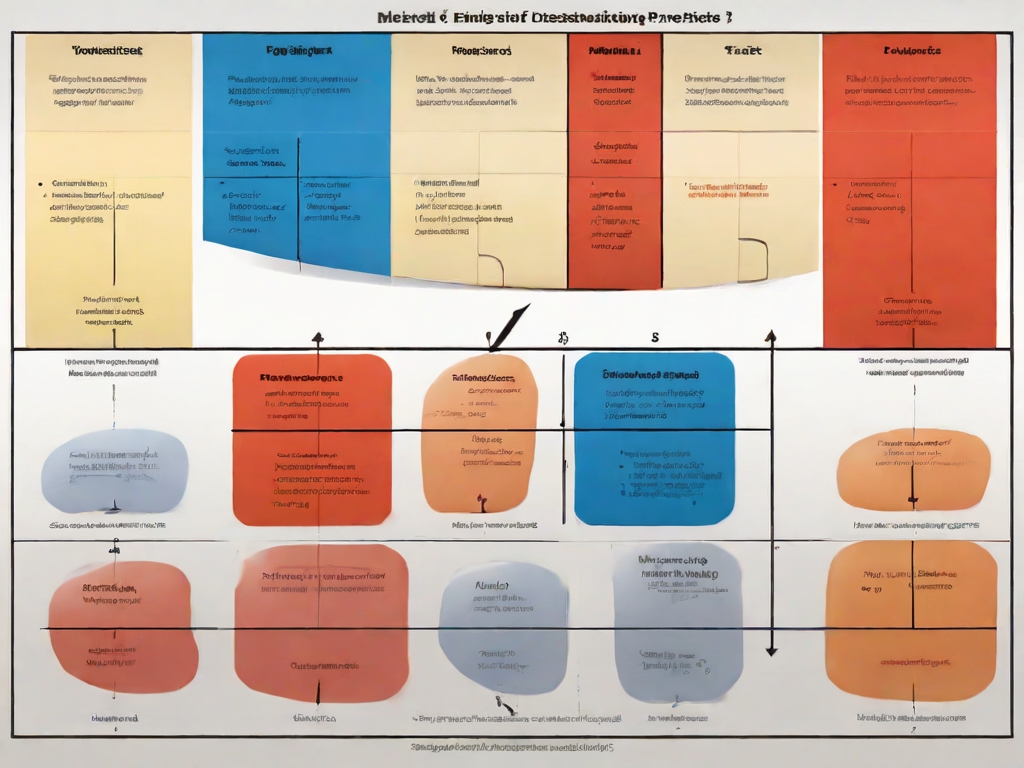In the dynamic world of product management, making the right choices is paramount. This article delves into the realm of Prioritization Frameworks, the strategic tools that empower product managers to navigate the complex landscape of decision-making with precision and purpose.

What is Prioritization Framework:
At its core, a Prioritization Framework is a systematic approach to evaluating and ranking tasks, features, or projects based on predefined criteria. It acts as a compass, guiding product managers in allocating resources and efforts efficiently.
Why it is Important:
The importance of Prioritization Frameworks lies in their ability to bring clarity and structure to decision-making.
In the ever-evolving product landscape, where resources are finite, these frameworks ensure that teams focus on high-impact initiatives aligned with business goals.
How Many Types and What Are They:
Prioritization Frameworks come in various forms, each tailored to address specific challenges. Some common types include:
- MoSCoW Method: Prioritizing tasks into Must-haves, Should-haves, Could-haves, and Won’t-haves.
- Eisenhower Matrix: Categorizing tasks into Urgent/Important, Important/Not Urgent, Urgent/Not Important, and Not Urgent/Not Important.
- Kano Model: Classifying features into Basic Needs, Performance Needs, and Delighters based on customer satisfaction and expectations.
- Weighted Scoring: Assigning weights to criteria and scoring tasks based on those weights to determine priority.
How to Use Prioritization Frameworks:
Define Clear Criteria:
Clearly define the criteria that align with your business goals. Whether it’s customer impact, strategic alignment, or resource availability, establishing clear criteria is the foundation.
Apply the Chosen Framework:
Select the most appropriate framework for your context. Apply it consistently across tasks or features to ensure a standardized and fair evaluation.
Involve Stakeholders:
Prioritization is a collaborative effort. Involve key stakeholders to gather diverse perspectives and ensure that priorities align with broader organizational objectives.
Regular Review and Iteration:
Prioritization is not a one-time task. Regularly review and iterate on your priorities, considering changes in the market, customer feedback, and internal dynamics.
Example of Prioritization Frameworks from Real Application:
Imagine a software development team using the MoSCoW Method:
- Must-haves: Implementing core functionalities crucial for the software’s basic operation.
- Should-haves: Adding features that enhance user experience but are not critical for the initial release.
- Could-haves: Exploring additional functionalities that could be added post-launch to improve the product.
- Won’t-haves: Identifying features that, while interesting, won’t be pursued in the current development cycle.
Conclusion:
Mastering the art of prioritization is a cornerstone of effective product management. Prioritization Frameworks offer a systematic approach, allowing product managers to make informed decisions that lead to impactful outcomes. Embrace these tools, adapt them to your context, and witness the transformative power they bring to your product strategy.
Call to Action:
As you embark on the journey of prioritization, let it be a call to action. Explore different frameworks, experiment with their application, and tailor them to suit your product’s unique needs. Prioritize with intention, and watch as your product management efforts become more strategic, focused, and ultimately, more successful.
